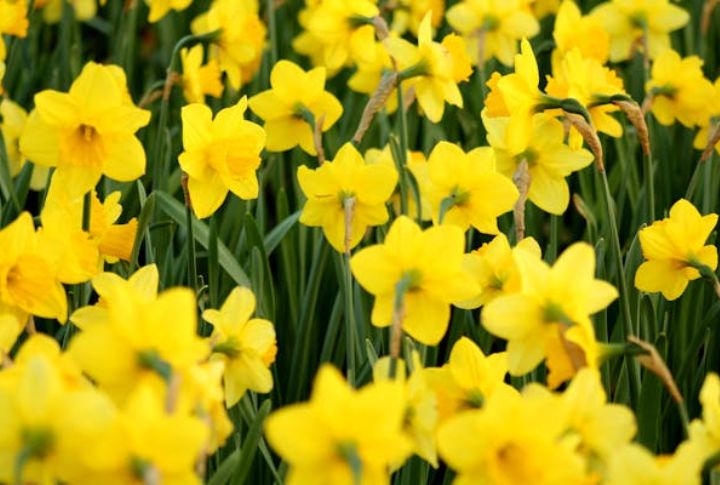
A successful rose garden depends on careful selection, as not all species grow well together. Some plants support healthy growth, while others create unnecessary challenges. Avoid these ten species to keep roses healthy and disease-free.
Mint Invades And Steals Nutrients From Rose Roots
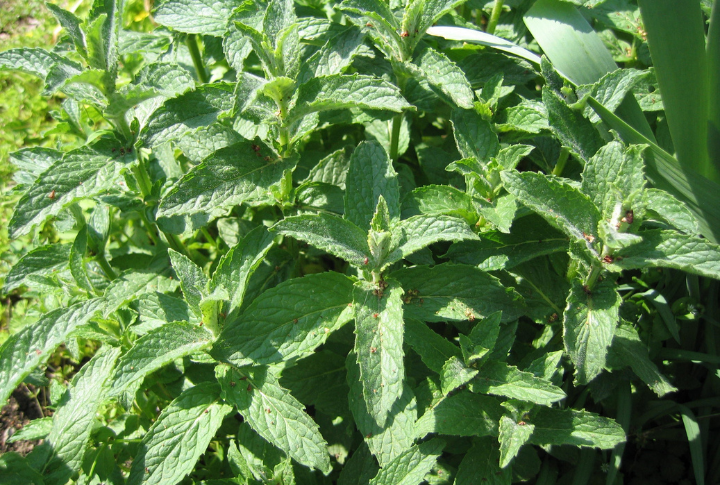
Runners beneath the soil allow mint to spread uncontrollably, which gradually deprives roses of essential nutrients. Since its aggressive root system competes for water, neighboring plants often weaken over time. Even a single sprig can overtake garden beds within weeks, so placing mint in containers at a distance helps prevent invasion.
Tomatoes Invite Aphids And Spider Mites
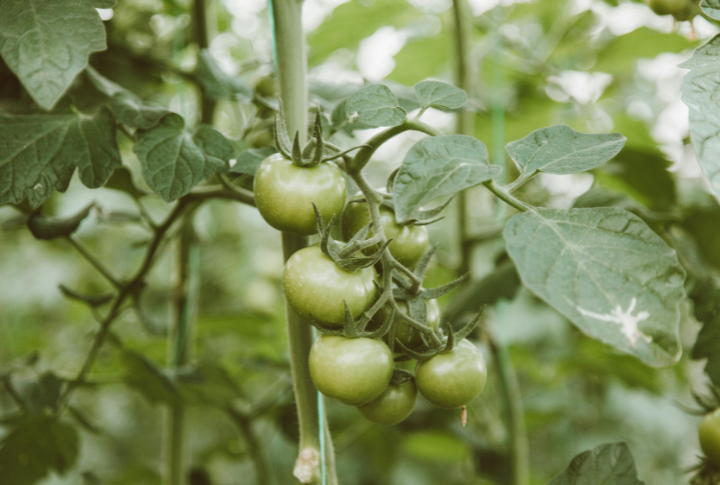
Tomatoes and roses attract aphids and whiteflies, significantly increasing the risk of infestations. Both plants are susceptible to fungal diseases like black spots and powdery mildew, making them even more vulnerable. When they are planted too closely, these threats become more severe.
Daffodils Compete Underground With Rose Roots
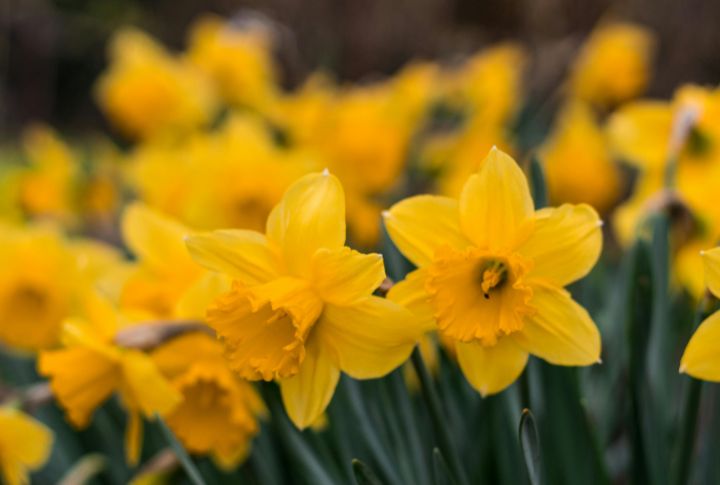
Planting daffodils along garden borders instead of directly in rose beds helps prevent competition for space and nutrients. Thick daffodil bulbs take up underground room, which restricts root expansion for nearby roses. Therefore, their early spring blooms absorb essential nutrients before rose bushes emerge from dormancy.
Hostas Attract Slugs That Devour Rose Leaves
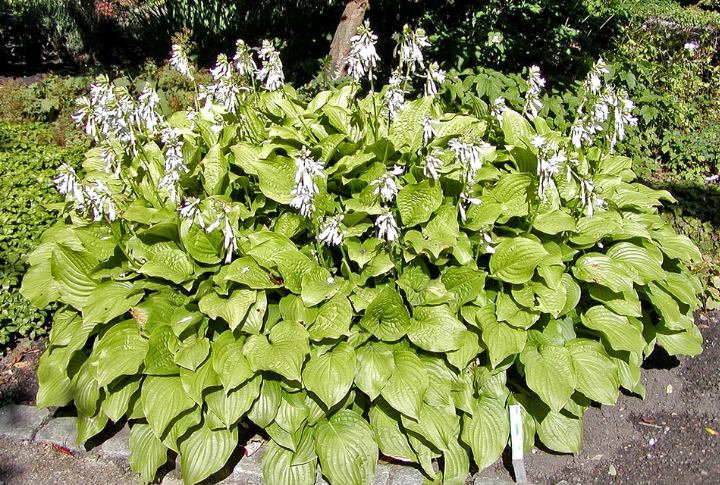
Moist, shaded hosta leaves create an ideal hiding spot for slugs, which emerge at night and feed on delicate rose petals. As these pests leave unsightly holes in the foliage, bloom quality declines over time. To naturally deter slugs and protect roses, planting lavender or marigolds nearby offers a more effective solution.
Fennel Inhibits Rose Growth Through Chemical Secretion
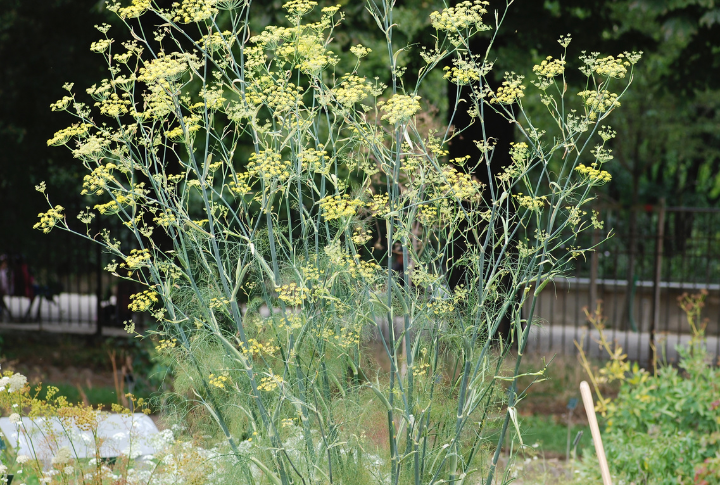
Ancient gardeners deliberately kept fennel from flowering plants because of its disruptive effects. This is due to allelopathic compounds secreted by fennel, which alter soil chemistry and interfere with the development of nearby plants, including roses. As a result, flower production tends to decline over time since this aromatic herb creates a hostile growing environment.
Black Walnut Trees Release Toxic Chemicals
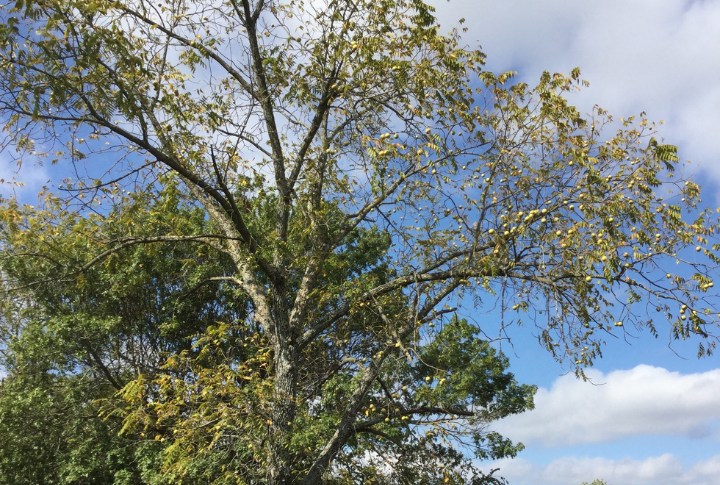
Juglone, a natural compound exuded by black walnut roots, inhibits rose growth and eventually causes wilting. Since this toxicity affects nearby plants within a 50-foot radius, roses often struggle to survive nearby. Even decomposing walnut leaves in garden beds release residual juglone, further worsening soil conditions.
Ivy Chokes Rose Stems And Traps Humidity

As high humidity becomes trapped beneath the dense foliage, fungal diseases such as rust and downy mildew are more likely to develop. In addition, vines like ivy climb relentlessly and wrap around rose stems, significantly reducing airflow. To prevent entanglement, grow ivy on trellises at a safe distance to help maintain a healthier rose garden.
Garlic Competes For Nutrients And Alters Soil Balance
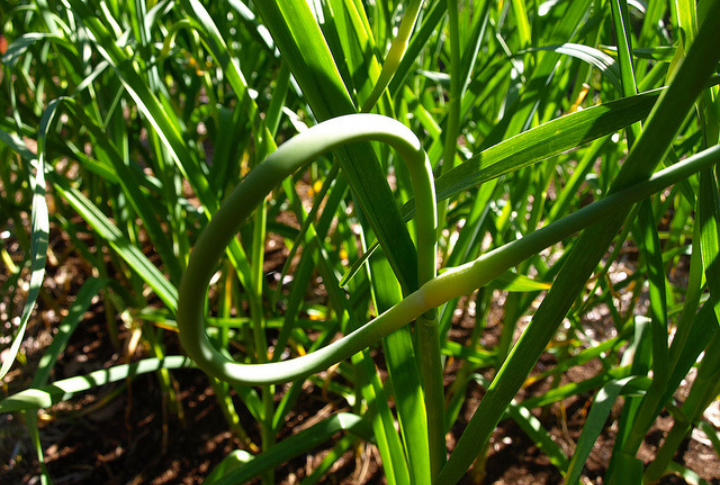
Although garlic repels aphids, its intense root system depletes the soil of potassium and phosphorus—nutrients vital for roses. Its sulfur-rich composition also modifies pH levels and disrupts balanced soil conditions. Instead of planting them together, use garlic extracts as a natural pest deterrent for rose leaves.
Peonies Spread Fungal Spores That Harm Roses
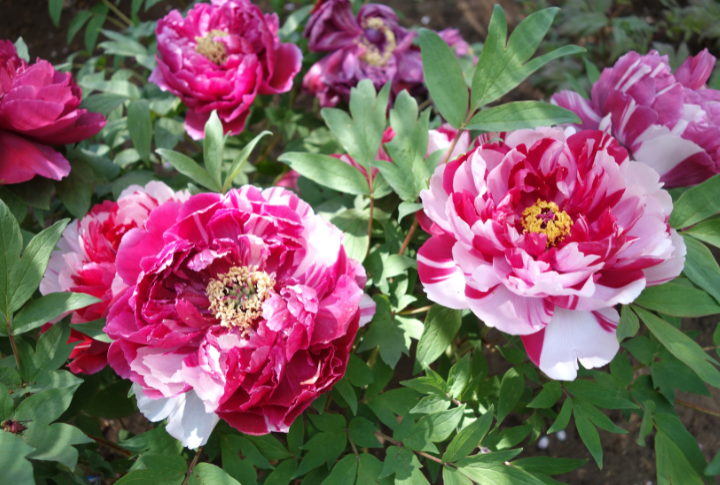
Planting peonies at least six feet away helps reduce the risk of cross-contamination, as their susceptibility to botrytis blight makes them a potential threat to nearby roses. Because both plants share overlapping bloom cycles, damp conditions create an ideal environment for spreading fungal infections.
Raspberries Form A Dense Barrier That Blocks Sunlight
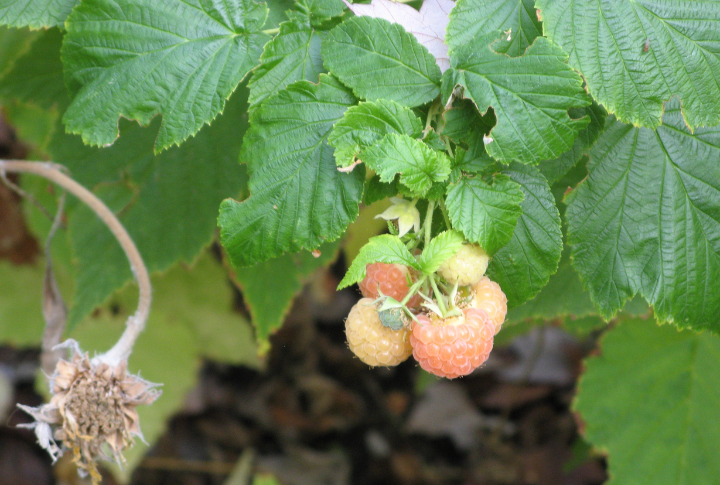
Brambles from raspberry bushes form dense, spiky clusters that quickly overshadow rose bushes and create unfavorable growing conditions. As they spread rapidly, airflow becomes restricted, making roses more vulnerable to fungal infections like rust. To prevent these issues, grow them in a separate sunny patch.

